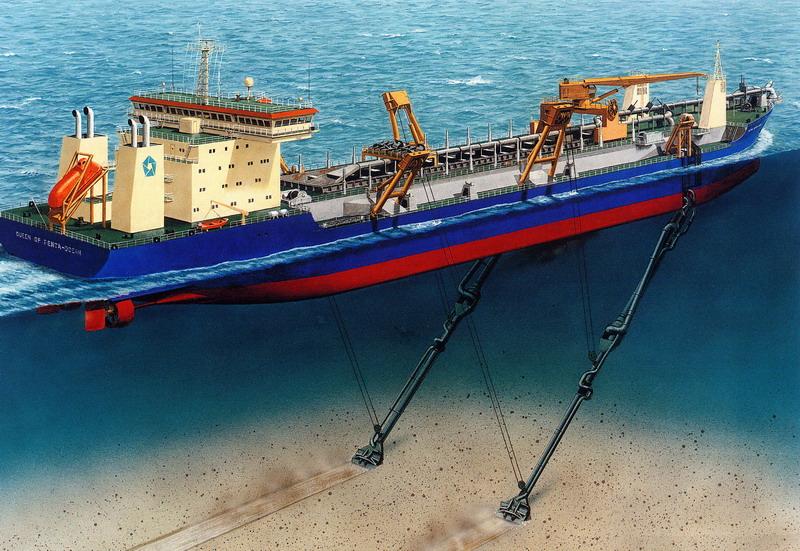Setup and Interfacing of Qinsy
Before any dredge functionality can be used a template database must be created where the setup and interfacing of the vessel is done.
A Qinsy setup is dependent on the different Objects involved, on what sensor Systems are directly interfaced and on what sensor and/or computed data are provided by the dredger automation system. Even though there are some common configuration items across all the dredger types, there are slightly differing setups for each type of dredger supported. Moreover there are many variations in the setup and configuration of any one particular dredger type, all of which cannot be fully described in this document.
In light of this, each dredger type is described separately and some of the setup variations within each dredger type are presented in the appropriate section. Inevitably there is some repetition of information.
Creating a template database is covered in Qinsy Help pages.
Defining Geodetics is not specific to dredging and is therefore described in other documentation (see Help pages and Knowledge Base).
The geodetic setup is identical for all dredger types.
If the dredger is equipped with an AIS transponder, adding an AIS System to the template enables monitoring of vessel traffic in the vicinity of the dredging site.
Please refer to 'A Note on Interfacing' for serial and network connections.
Please refer to 'Dredging Specific Drivers ' for a summary of currently available drivers.
For setup and interfacing descriptions please select the type of dredger being employed.
| https://qpssoftware.atlassian.net/wiki/spaces/qinsy/pages/625113005 | ||
| Cutter Suction Dredger | Trailing Suction Hopper Dredger | https://qpssoftware.atlassian.net/wiki/spaces/qinsy/pages/625113005 |
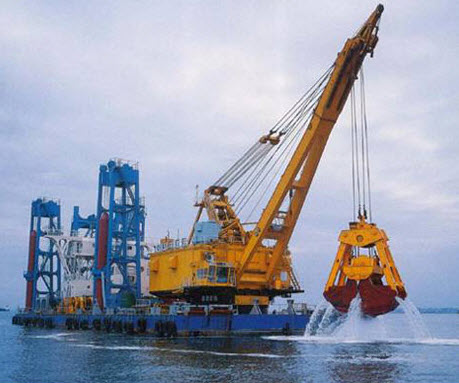 | 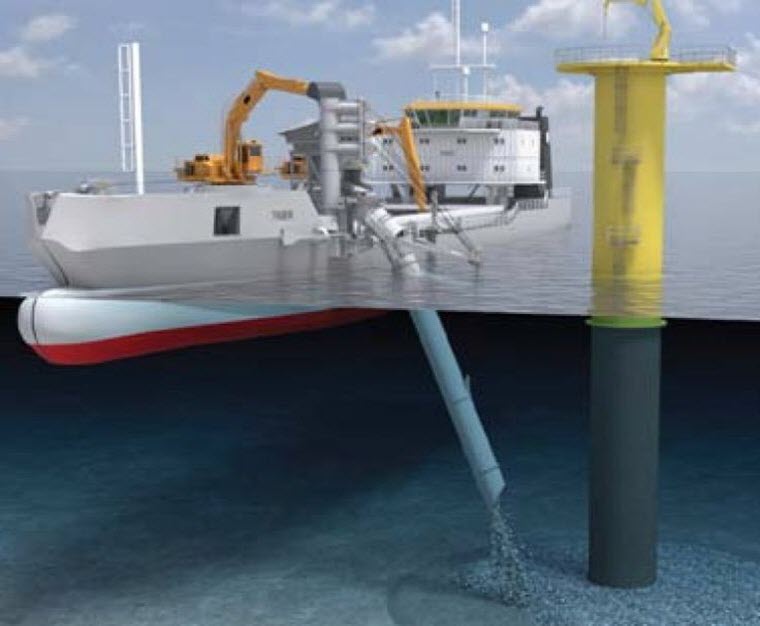 | 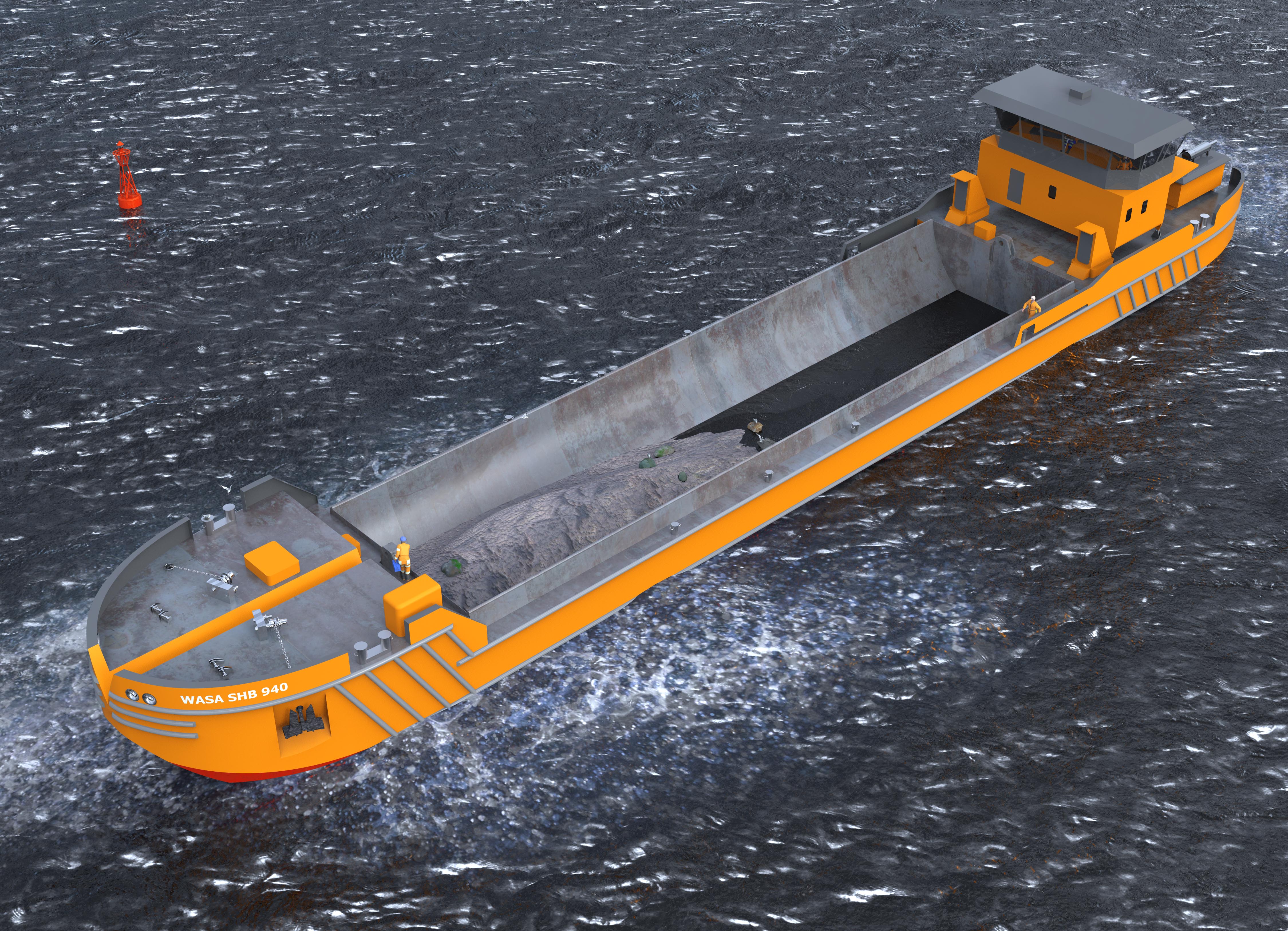 |
| Grab Dredger | Rock Dumping Vessel | Split Barge |
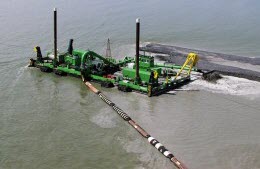 | 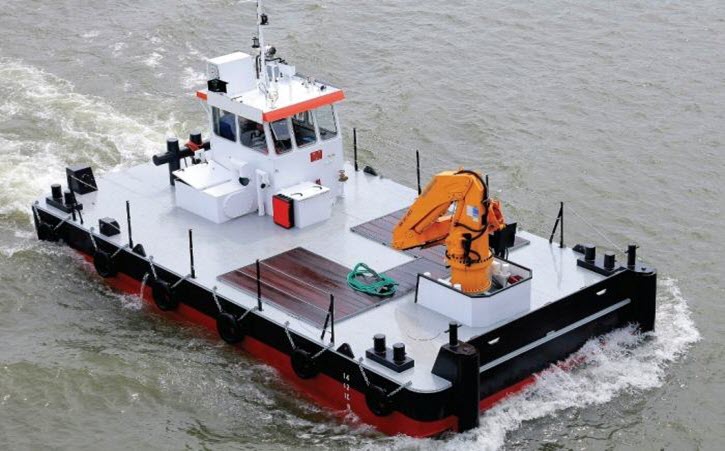 | 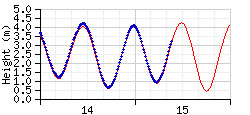 |
| Spreader Pontoon | Multicat Workboat | Auxiliary |
Dredger Automation System
The heart of a dredge automation system is a Central Processing Unit, or CPU, which receives information and data from the operator, dredge sensors and switches, and other intelligent processing units, processes that information, and then sends data and commands to the dredge equipment and user interfaces including the Qinsy PC. PLC’s, programmable logic controllers, and PC’s, personal computers, are most commonly used for automated dredge control.
Dredge Control Technology for the entire Dredging Process includes:
- Control and monitoring of the dredging process
- Automatic functions and procedures
- Production monitoring
- Reporting, logging and trending
- Dredge chart operations (survey system)
- Diagnosis for ship’s machinery system
- Suction pipe position monitoring
- Draft and loading monitoring
Return to: top of page
Return to: How-to Dredging


